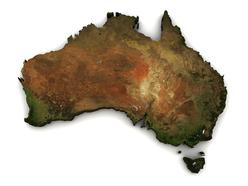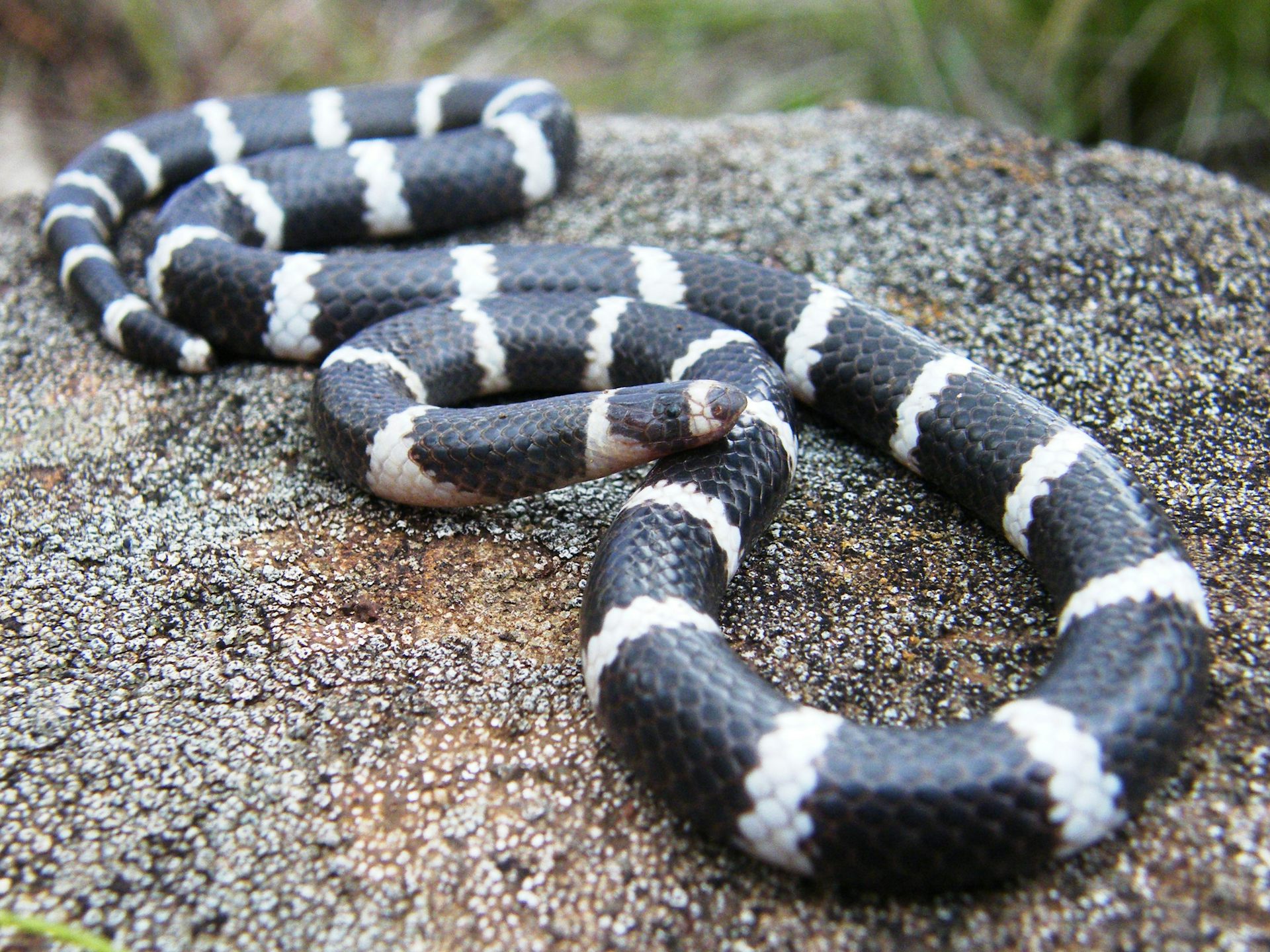Introduction
When it pertains to poisonous snakes, Australia is home to a few of one of the most interesting and dangerous types in the world. Amongst these, the Tiger Snake stands apart not only for its potent venom yet additionally for its appealing habits. Recognizing the habits of poisonous serpents like the Tiger Snake is critical for both wild animals fanatics and those staying in locations where these serpents exist. This post explores various elements of Tiger Serpent actions, environment, identification, safety measures, and emergency treatment practices in case of a serpent bite.
Understanding the Habits of Venomous Snakes Like the Tiger Snake
The Tiger Snake, clinically referred to as Notechis scutatus, is well-known for its aggressive Additional info nature when intimidated. These serpents display a series of habits that can be fairly various from their non-venomous counterparts.
Characteristics of Tiger Snakes
The Tiger Snake is easily identifiable due to its unique bands or red stripes that look like a tiger's markings. They can differ in shade from yellowish-brown to dark olive or black. This pigmentation offers not just as camouflage yet also as a caution signal to potential predators.
Adaptability to Environment
One Yellow belly Tree Snake amazing aspect of their actions is their adaptability to various atmospheres. Discovered mostly in seaside areas, marshes, and marshes throughout Australia and Tasmania, they can flourish in varied environments consisting of urban areas.
Hunting Techniques
Tiger Snakes are ambush killers mainly preying on fish, frogs, and tiny mammals. They have eager eyesight and an intense sense of odor which assists them in locating target effectively.
Venom Composition
Their poison contains neurotoxins that impact the nerves, leading to paralysis or death in smaller sized animals. For humans, prompt medical interest is important after a tiger serpent bite due to its potentially lethal effects.
Natural Habitat of Tiger Snakes
Preferred Locations
Understanding where these serpents stay clarify their behavior patterns. The tiger serpent habitat consists of:

- Coastal regions Swamps Grasslands Urban areas with bountiful water sources
Seasonal Movements
During warmer months, Tiger Snakes are more energetic as they bask in sunshine or search for food. On the other hand, cooler months see them pulling away into hibernation sites.
Are Tiger Snakes Venomous?
Yes! The concern "are tiger snakes venomous?" usually develops among those not familiar with this types. Their venom is thought about one of the most dangerous amongst all snake varieties worldwide.
Symptoms of a Tiger Snake Bite
If bitten by a tiger serpent, symptoms may include:
- Localized pain Swelling at the bite site Nausea and vomiting Sweating and confusion
Immediate medical help is vital as without treatment attacks can result in serious health difficulties and even death.
First Help for Serpent Bites: Quick Reaction Guide
Knowing exactly how to provide emergency treatment for a serpent bite could conserve someone's life. Right here's what you need to do:
Step 1: Remain Calm
Keeping calm helps reduce heart rate which reduces venom spread.
Aggressive Australian snakesStep 2: Debilitate the Affected Area
Keep the impacted arm or leg still and below heart level if possible.
Step 3: Call Emergency Situation Services
Always look for specialist clinical assistance quickly after a serpent bite.
First Aid for Snake Bite Set Essentials
A well-appointed snake bite emergency treatment kit should consist of:
- A compression bandage Antiseptic wipes A pair of scissors An ice bag
Safety Preventative measures: Avoiding Snake Bites in Australia
Awareness Programs
Educating communities regarding regional snake types and their behaviors can dramatically reduce encounters leading to bites.
Avoiding Harmful Areas
Staying far from lengthy turf during warmer months lessens call with serpents that might be resting or hunting.
Common Misconceptions Regarding Tiger Snakes
Many people think false impressions regarding the behaviors of tiger snakes result in unnecessary worry. Here are some information:
Myth 1: All Tigers Are Aggressive
Not all tiger snakes will present aggressiveness if left uninterrupted; several choose leaving rather than confrontation.
Myth 2: They Chase Humans
Tiger serpents do not actively go after human beings; they may strike when they really feel intimidated but will normally pull away if offered space.
Conservation Efforts Associated with Poisonous Snakes
Conservation efforts focus on educating neighborhoods about securing regional wildlife while lessening human-snake interactions.
Importance of Ecosystems
Understanding that venomous snakes play a necessary role in keeping ecological equilibrium aids foster gratitude instead of concern in the direction of them.
FAQs About Tiger Snakes
What must I do if I come across a tiger snake?- Maintain distance and slowly pull back without sudden movements.
- While bites aren't very common because of recognition initiatives, they still take place yearly within Australia.
- Baby tiger serpents can supply full dosages of poison in spite of being smaller; therefore care is advised around them.
- They mostly take in frogs, fish, little mammals like rodents, and other reptiles.
- It's illegal in many territories without correct licensing due to safety and security worries regarding their venom.
- Wear tough boots and stay on significant tracks; look before putting hands or feet into hidden areas like rocks or logs.
Conclusion
Understanding the habits of venomous serpents like the Tiger Serpent not just boosts our knowledge yet also advertises safety awareness among those living near their environments. From recognizing their qualities, comprehending first aid procedures adhering to a bite, through involving conservation initiatives-- every element plays a crucial role in promoting conjunction with these interesting reptiles while valuing their place within our ecosystem.
As we grow our understanding through education and experience, we add favorably toward guaranteeing both human safety and wild animals conservation-- profiting all parties involved!

